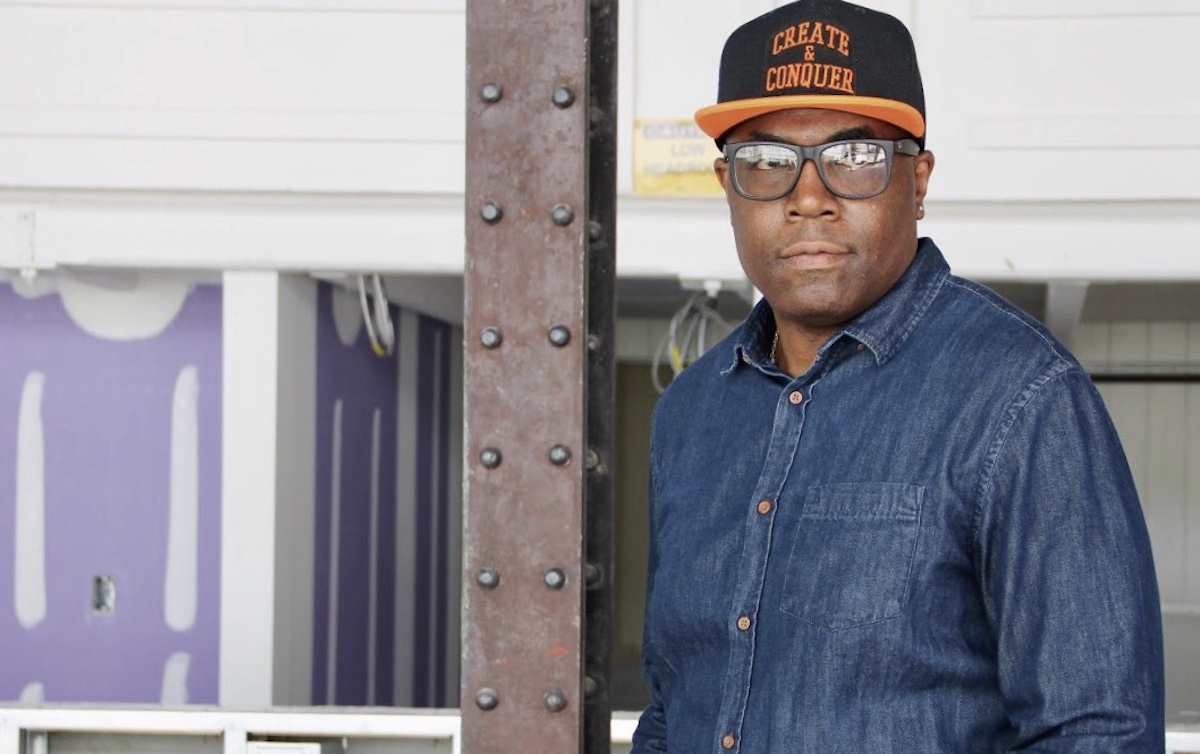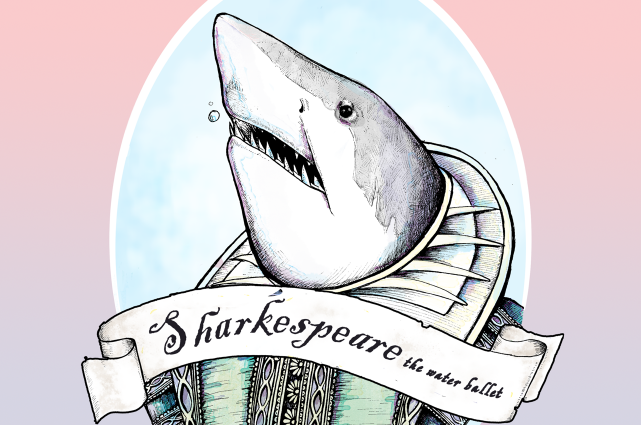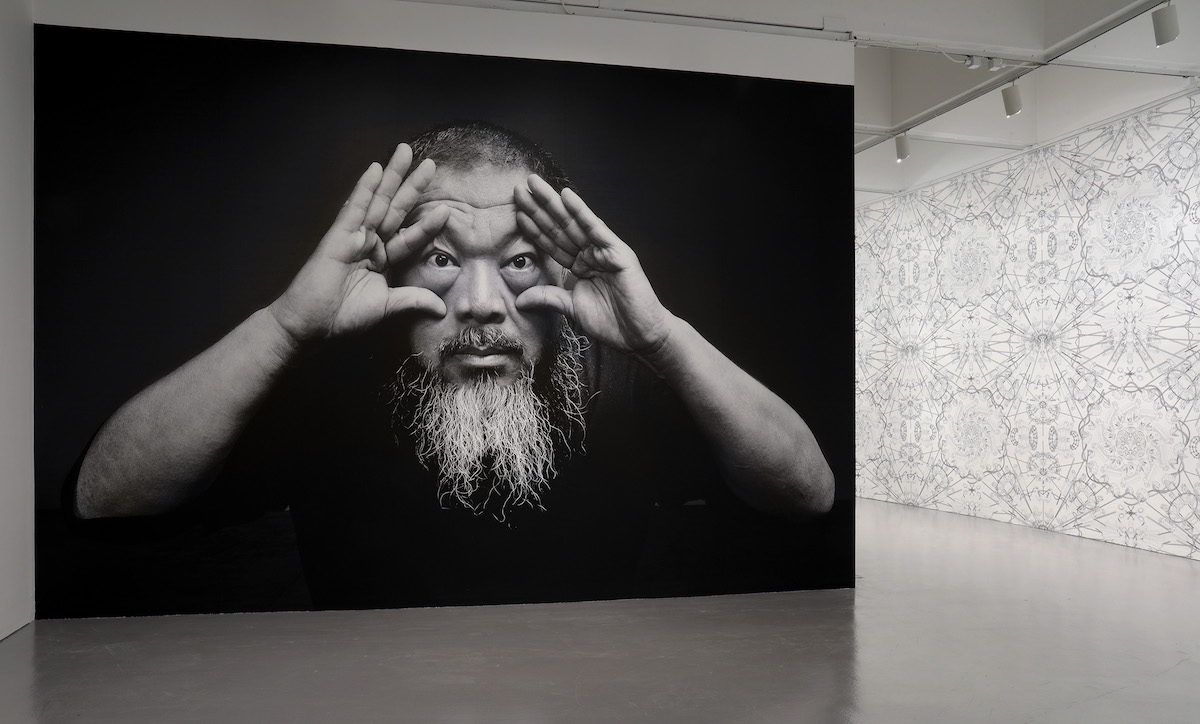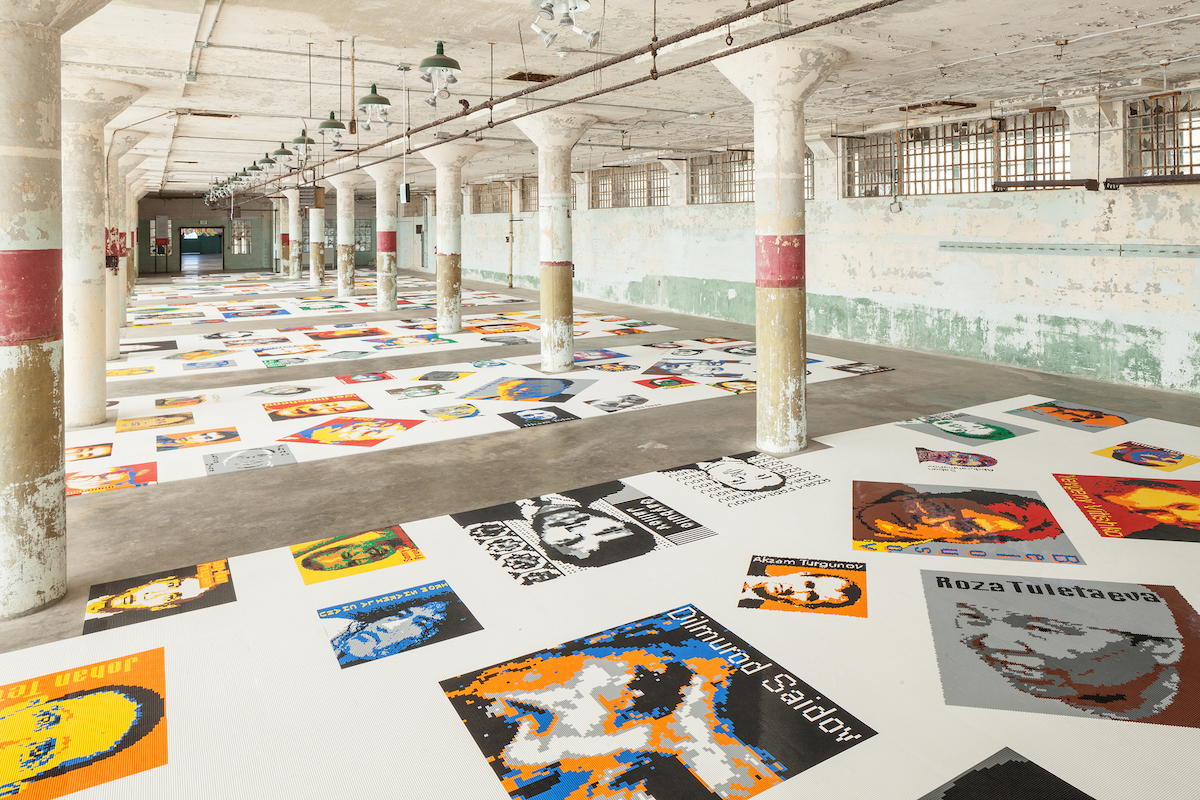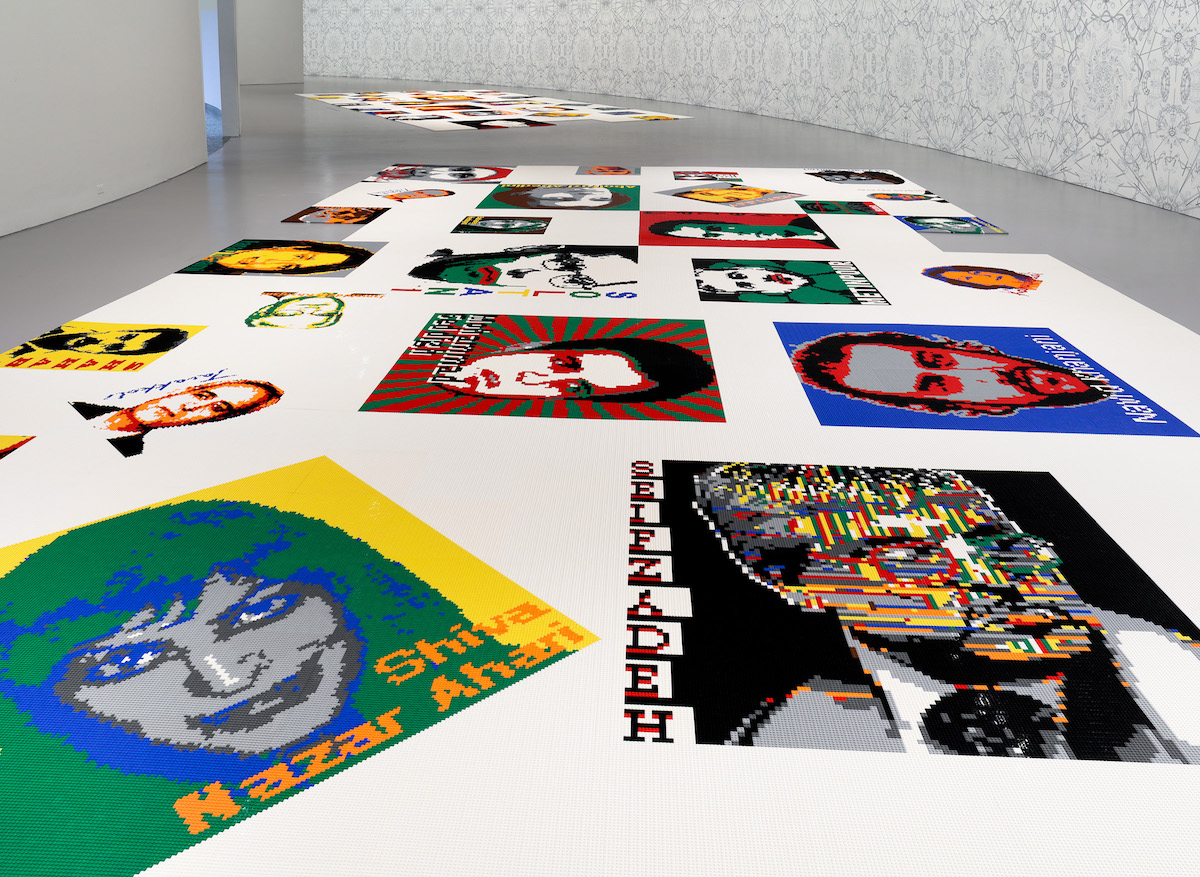Trace at the Hirshhorn Reviewed by Brendan L. Smith
The Chinese government’s repressive attempts to silence artist and human rights activist Ai Weiwei have only enabled his stellar climb up the art world’s slippery ladder, but his work is suffering now from those lofty heights.
Ai was imprisoned for 81 days in China in 2011 on bogus charges, and he was banned from traveling abroad until 2014 so he missed his first major exhibition at the Hirshhorn Museum in 2012, which offered a compelling mix of sculpture and installations.
Unfortunately, his current exhibition titled Ai Weiwei: Trace at Hirshhorn feels like an unintended insult to the 176 human rights activists he seeks to honor. Many of those activists have faced beatings, government surveillance, and imprisonment like Ai so it’s mystifying why he would depict them in blocky, lifeless portraits constructed from Lego bricks that are laid out on the museum floor like a bumpy field of doormats.
The exhibition is a retread of the least intriguing work from Ai’s 2014 exhibition at the infamous Alcatraz Island prison that is now a major tourist attraction in San Francisco Bay. The Lego portraits were planned by Ai and constructed by dozens of assistants at Alcatraz Island during his ban from international travel. With autocrats and dictators wreaking havoc and raining bloodshed across the world today, art that personifies the struggle for human rights is vital, but this exhibition doesn’t deliver that message with any heart or soul.
Some of the Lego portraits depict famous activists, such as Martin Luther King Jr. and Edward Snowden, while others aren’t well-known, including imprisoned Bahraini activist Naji Fateel. In a significant oversight, less than 10 percent of the featured activists are women.
The portraits vaguely resemble these men and women, but their soulless images and vacant stares don’t stir any empathy or outrage. They are just disembodied plastic faces cast onto the floor.
Many people have fond childhood memories playing with Legos, those idyllic afternoons spent building castles with moats or planets populated by freaky aliens and giant robots. But using a child’s toy to depict persecuted human rights activists is insensitive and ineffective. The static boxy images look like low-res pixelated images because Weiwei wanted them to resemble surveillance photos, but their humanity also has been erased. The portraits vaguely resemble these men and women, but their soulless images and vacant stares don’t stir any empathy or outrage. They are just disembodied plastic faces cast onto the floor.

The activists are identified only by their names in the portraits, and a video screen in the corner of each gallery provides paltry information, listing little more than their home country, criminal charges, and prison sentences. We learn nothing about their daily lives, their struggles, or any successes gleaned from their tireless efforts. In a video at the end of the exhibition, Ai said he chose Legos because they represent a simple language that is recognizable to everyone. While the planning took some time, he said the Lego portraits are “very, very easy and clear, and you almost cannot make a mistake.” Clearly, in this case Ai was mistaken, thinking that Lego paint-by-numbers portraits create a sense of honor and respect.
The floor also is a demeaning place to feature activists who have sacrificed their lives or freedom. Viewers must literally look down on these men and women who have become a bumpy carpet that is in constant danger of being walked on. Many Muslim activists are depicted and placing their images on the floor adds another layer of insult. In the Arab and Muslim world, shoes are considered unclean and showing the sole of your shoe to someone, even by casually crossing your legs, is an insult. When an Iraqi journalist threw his shoes at President George W. Bush during a Baghdad press conference in 2008, it seemed like a joke to most Americans, but it was meant as a grievous insult. Muslims remove their shoes before entering a mosque in a sign of respect and deference.
Why would Ai place images of Muslim activists who have suffered torture and imprisonment on the floor? It displays stunning ignorance or indifference, even if it was unintended.

At the entrance to the exhibition, an ornate gold-colored wallpaper features interlocking images of handcuffs, surveillance cameras, and the bird logo for Twitter, which is banned in China but used by Ai and other activists to reach a worldwide audience. The Hirshhorn proclaimed Ai had created a new wallpaper specifically for this exhibition that wraps around all of the galleries, but it’s just a black-and-white version of the gold wallpaper that has been shown before in other exhibitions. Any power contained in the free-speech message of the wallpaper is undercut when you see the same golden design featured on socks, scarves, and travel cups for sale in the museum gift shop. Capitalism has co-opted protest.
Ai’s artwork has always depended more on stunt and spectacle than contemplation, and he sometimes hits one note, such as the dangers of surveillance, so many times that it fails to resonate.
Faced with the art world’s voracious appetite, Ai has become overextended with too many exhibitions and large-scale installations staged in rapid-fire succession across the world. No artist could produce enough innovative work to maintain that frenetic pace. Ai’s artwork has always depended more on stunt and spectacle than contemplation, and he sometimes hits one note, such as the dangers of surveillance, so many times that it fails to resonate.
Ai is a courageous outspoken figure who speaks truth to power, and his contributions as an activist ultimately may be more important than his artwork in highlighting the human rights abuses of the Chinese government.
The Hirshhorn has staged some excellent exhibitions this year, including the blockbuster Yayoi Kusama show that illustrated the depth of her work beyond the wildly popular Infinity Mirror rooms. That exhibition ran for three months, but the Hirshhorn unfortunately hopped onto the art world bandwagon and devoted six months and an entire floor to this Ai exhibition, sacrificing half a year and an enormous amount of prime artistic real estate that could have been better used by many other artists.
Brendan L. Smith is a freelance journalist and mixed-media artist in Washington, D.C.
Ai Weiwei: Trace at Hirshhorn will be on view through Jan. 1, 2018, at the Hirshhorn Museum in Washington, D.C.
